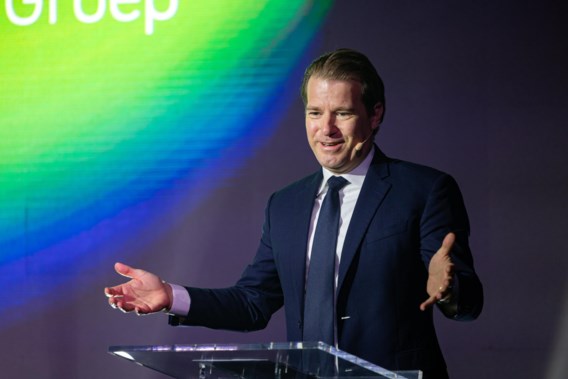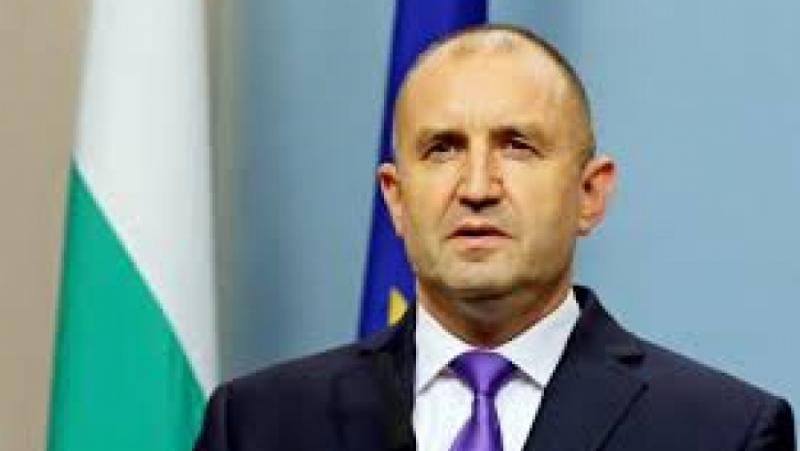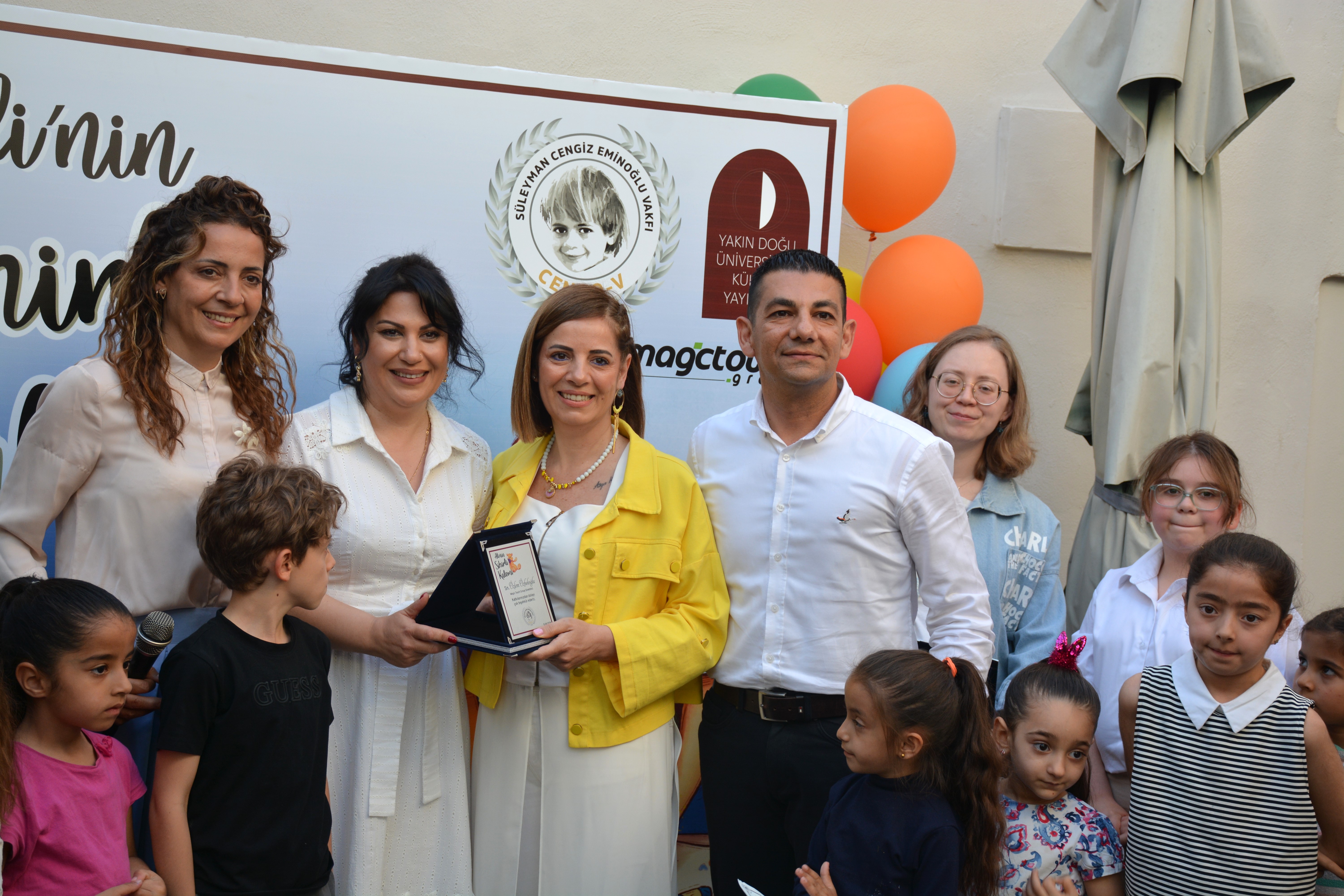It will hurt in Koningshooikt if VDL Groep places its logo. This consists of the letters VDL in a somewhat clumsy font with the Dutch flag as a background. Then it becomes visible: the Dutch are now in charge of what remains of Van Hool. Although the new boss, Willem van der Leegte, cannot be called ‘Dutch’. The Van der Leegtes of VDL come from Eindhoven, in the Dutch North Brabant, a region that in terms of mentality is closer to Burgundian Belgium than to Calvinist Amsterdam. For Flemish people, Willem van der Leegte speaks an understandable, soft Dutch Brabant.
Van der Leegte won the battle for the bus builder against the West Flemish Guido Dumarey last week. The 42-year-old Van der Leegte, who inherited his father’s billion-dollar company, is young, discreet and strongly surrounded. The 65-year-old eccentric self-made man Dumarey deals in outspoken opinions.
VDL, like Van Hool, has a loss-making bus department. Van der Leegte believes that he can turn two loss-making bus builders into a profitable one.
“Buses as a hobby”
Grandfather and former Philips employee Pieter van der Leegte founded VDL in 1953 as a supplier to Philips and other industrial companies in North Brabant. Father Wim quickly took over the small company and expanded it into a large, industrial conglomerate. In 2016, Wim left the management to his youngest son Willem, then only 36 years old. Wim van der Leegte died at the end of last year, so the company is now fully owned by Willem, his 43-year-old sister Jennifer and his 54-year-old half-brother Pieter (from a previous marriage of Wim). All three are active in the company. Pieter is involved with VDL’s real estate, Jennifer with personnel policy.
Wim van der Leegte was an outspoken supporter of the preservation of the manufacturing industry in the Netherlands and Belgium. With VDL he took over numerous industrial companies. Not to close them and transfer activities to low-wage countries, like many others, but to strengthen them here. The buses were added in 1993, when VDL took over the bus division of the bankrupt DAF Trucks, also from Eindhoven. Other bus builders, such as Jonckheere in Roeselare and Bova and the Netherlands, followed. Although the bus division is now small (304 million of the 6.35 billion euros in turnover), according to insiders it was closest to Wim van der Leegte’s heart. “Buses were his hobby,” is how one employee describes it. After Willem started at VDL at the age of 21 and had gone through numerous departments, his first important position was that of CEO at the bus division.
In terms of strategy and mentality, Willem would not differ much from his father. He sticks to diversification at VDL, “because sometimes things go well in one department and other times in the other,” he told this newspaper last week. “VDL is not about rapidly increasing profits every year,” says an employee. VDL is described by the trade unions as a good employer. Although Willem van der Leegte does not exactly look folksy with his combed back hair and suit and tie, it took little effort for the man to strike up conversations with the workers during a tour of the new VDL factory in Roeselare last week. Having a pint with colleagues at the end of the week is also an important tradition at VDL.
On a mountain of gold
VDL therefore presents itself to a certain extent as a social company. When it closed a bus factory in Heerenveen a few years ago, it looked for a new activity for its employees: building prefab bathrooms. A lot of prefab construction takes place in the Netherlands, and next to the VDL site there is a large factory that builds houses on an assembly line. VDL also received little criticism when it closed the last car assembly plant in the Netherlands, VDL Nedcar in Born, this year and thousands of people lost their jobs. The Dutch unions seemed convinced that VDL had done its best to obtain a new car model from a manufacturer, even though it did not succeed.
The family business can afford something financially. As the main supplier of ASML, the world leader in lithography machines for the chip industry, it is sitting on a mountain of gold. The fact that the dividend has to go to only three families also helps to reinvest a lot of profit and not always get the most out of it. Van der Leegte also has ‘business people skills’. Last week the new bus factory was opened in Roeselare in the presence of Prime Minister Jan Jambon. Van der Leegte then quickly left for Veldhoven for the farewell party of ASML CEO Peter Wennink, so that he was certainly not late for the party of the most important customer.
He is married to the fashion designer Alexia van der Leegte-van Engelen, who runs and designs the sustainable (and pricey) fashion brand Sage and Ivy, with her three children. The Van der Leegtes also play golf and are involved in equestrian sports. And mother Margriet once said that she did not like playing board games with her children and husband, because they always wanted to win so much.


